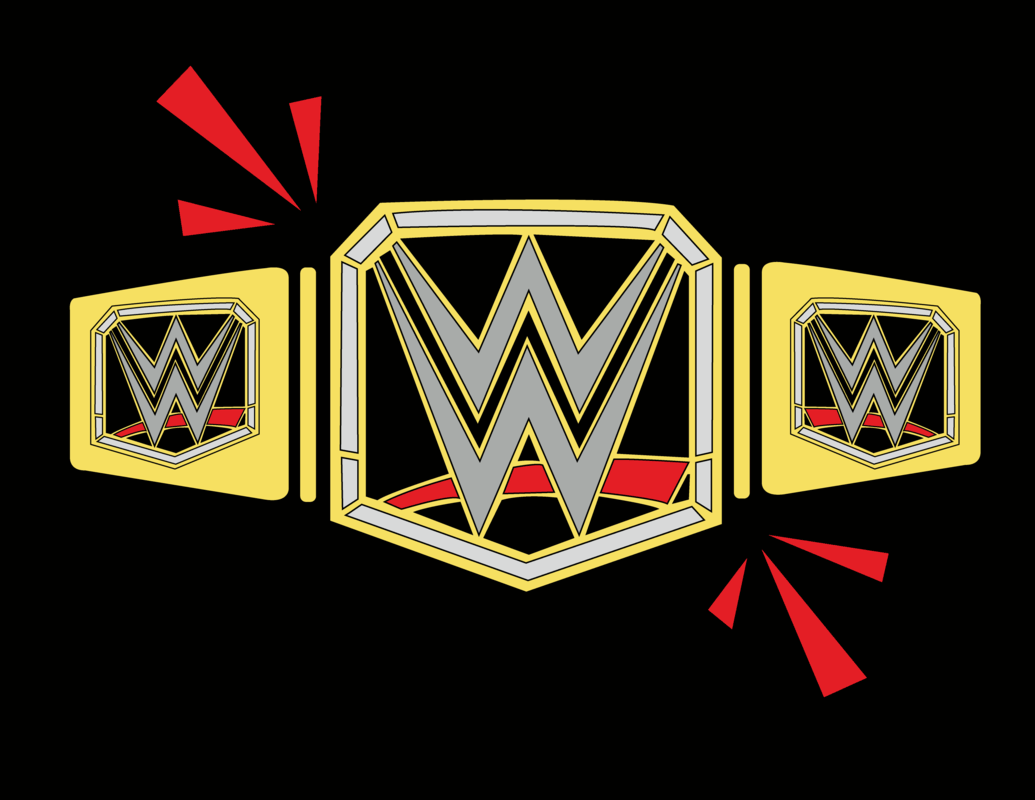The question of what makes professional wrestling so popular was raised in the The Cascade’s April 4 issue, and the author of that article concluded it was controversy, base human bloodlust, and “history” (which I read to mean exploitative and unethical business practices). The latter is of course just the reality of capitalism that disregards the worth of workers (it’s what makes Uber and Amazon so popular as well), but let’s not get into that feature-length screed.
Just a bit about me first: I’m into wrestling insofar as I regularly check up on Reddit, and will watch most NXT Takeover PPVs, and the big ones from WWE. I don’t watch it week to week, but I enjoy learning about its history and intricacies while still acknowledging that fake fighting in tights with outlandish names and characters will always be rooted in hokey carnival bullshit. I’m also probably more into the politics and entrance theme songs than I am in most ring performances, or watching midcarders try to emote. The stuff I hate about wrestling is as important to me as the stuff I like.
To address the controversy: I’d say it’s just as much an explanation for its popularity as it is for why it isn’t more popular to begin with. When we talk about wrestling, the conversation of course centres around the WWE and its CEO Vince McMahon — who former superstar CM Punk justly described as “A millionaire who should be a billionaire” but couldn’t because he has a pre-teen’s maturity, temperament, and shallow pockets, ala Donald Trump or Ted DiBiase.
Yes, it can bring eyeballs to the screen and butts to the seats, but it can also drive people away and make audiences uncomfortable. It’d be a failure to bring up the topic of controversy without mentioning how the lack of regard for performers has led to literal in-ring deaths (Owen Hart), lax and nonexistent wellness policies that contributed to murder (Chris Benoit), numerous sexual assaults, bullying, union busting, and even more recently, literally platforming propaganda for heinous and violent regimes. (The Greatest Royal Rumble this past week spent little time entertaining and more time shilling for Saudi Arabia, a country which wouldn’t let the female wrestlers perform.) That’s also just the stuff behind the scenes. The in-ring storylines under McMahon’s reign have been baked with blatant racism, gay panic, and objectification of women (which thankfully has shifted to actually respecting them as top-tier performers).
I’m glad we got that out of the way so I can prove that I’m not a shill. Now let me try and address the question: what makes it popular?
I think part of it isn’t necessarily a bloodlust akin to UFC, although there is of course crossover for probably a majority of audiences. While both sports feature incredible displays of athleticism and the upper limits of the human body’s potential, wrestling is just as much concerned with stories, narratives, connections, and characters as it is the blood and sweat that spills in the squared circle. Yes, it has its problems, but if you take the time to look at its best aspects, it certainly earns the right to be regarded as performance art with the same degree of seriousness that we approach Kabuki, dancing, and Bard on the Beach.
The goal of these performers is to tell a story, something that connects with the audience in that arena, stadium, bingo hall, or through the television. They do this not with just their words and emotions, but with the psychology and movement of their bodies in the ring. People can mock the “realness” of it as much as they want, but there is a kayfabe consistency to the world they operate in. The grit shown by the face (“good guy”) that even after devastating abuse they can kick off a pinfall, or the hesitation before a performer sacrifices their body to take a leap from the top rope and secure the win. I wasn’t in tune with this aspect as a kid, but looking on in recent years as I’ve reconsidered wrestling, there are effective showcases of stories being told.
Take Daniel Bryan, a bearded vegan with a positive attitude, who won over the crowd and audience of WWE to the extent that show runners had to change their plans and storyline. The tragedy of his career-ending injuries, and the triumph of his return when doctors finally cleared him to compete after this past year of languishing on the sidelines. Or the NXT rookie Velveteen Dream (only 23 years old and a rising star) taking on the dominant veteran Aleister Black (now NXT Champion; a stoic kickboxing black metal satanist) not for a win or a title, but just so Black will finally acknowledge him and “say his name.” Probably the best recent example of how story works in performance would actually be the “unsanctioned” match between Johnny Gargano (good guy, husband, rebel heart) and his former tag-team partner and friend Tommaso Ciampa (bald, angry, possibly a pirate). It was the culmination of a long build-up, a story of jealousy and inevitable betrayal. In the ring, though, it’s not just flips or fake punches; it’s getting across that they know each other so well they can anticipate each other’s actions, that the relationship they had was so strong that Gargano would hesitate before brutal spots, until finally being driven to the edge.
Yes, it can be hokey, yes, it can be immature, and absolutely how it’s run as a business (industry-wide, not just the WWE) can be abhorrent. But it’s popular for the same reason people like familiar stories, bad Marvel movies, or the Olympics: because there is something to connect with, and an appreciation for spectacle and achievement.
Image: Simer Haer/The Cascade


